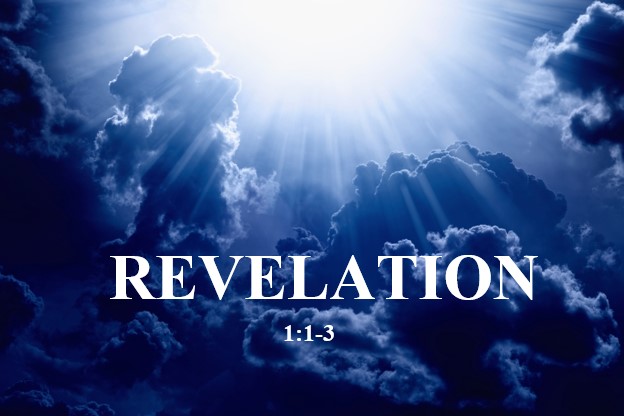The Book of Revelation, the last book in the Christian Bible, is a prophetic vision received by the Apostle John during his exile on the island of Patmos. Revelation 1 serves as the introduction to the entire book, setting the tone for the extraordinary visions and messages that follow. It is crucial for understanding the context of the prophecies that unfold throughout the rest of the book. In this article, we will explore the key themes and messages of Revelation 1, providing a foundation for understanding the significance of this important chapter.
1. The Purpose of Revelation
The purpose of the Book of Revelation is revealed right from the first verse. John writes that this is “the revelation of Jesus Christ, which God gave Him to show His servants—things which must shortly take place” (Revelation 1:1). This verse introduces the overarching theme of Revelation: a divine unveiling of future events related to the end times. Revelation 1 is not just about foretelling future events but also about unveiling the full identity of Christ and His ultimate victory over evil.
2. The Author and Setting of Revelation
Revelation 1 clearly identifies John as the author of the book (Revelation 1:4). John was exiled to the island of Patmos “because of the word of God and the testimony of Jesus” (Revelation 1:9). Patmos, a small, barren island in the Aegean Sea, was a Roman penal colony where political and religious dissidents were sent. John, one of Jesus’ closest disciples, received this vision during a time of persecution against Christians, and the setting underscores the tension between earthly kingdoms and the Kingdom of God.
3. The Vision of the Glorified Christ
One of the most powerful sections of Revelation 1 is John’s description of the glorified Christ (Revelation 1:12-16). John sees Jesus standing among seven golden lampstands, symbolizing the seven churches in Asia. Christ is depicted in majestic terms, with white hair, blazing eyes, a sharp double-edged sword coming from His mouth, and a voice like the sound of rushing waters. This vivid imagery highlights Christ’s authority, purity, wisdom, and power. His appearance emphasizes His divine role as the Judge and Ruler of all.
John’s reaction to seeing the glorified Christ is immediate: he falls at His feet as though dead (Revelation 1:17). This shows both the awe-inspiring power of Christ and John’s humble response to encountering divine glory.
4. Christ’s Assurance and Authority
After John falls before Him, Christ places His hand on him and offers words of assurance: “Do not be afraid. I am the First and the Last. I am the Living One; I was dead, and now look, I am alive forever and ever! And I hold the keys of death and Hades” (Revelation 1:17-18). These verses are foundational to the message of Revelation 1, as they affirm Christ’s sovereignty over life and death, and His victory over sin through His resurrection.
The title “First and Last” reveals Christ’s eternal nature, and the declaration that He holds the “keys of death and Hades” confirms His authority over both physical death and the realm of the dead. This authority is crucial to the unfolding narrative of Revelation, where Christ’s ultimate judgment and triumph are central.
5. The Seven Churches: Letters to the Faithful
In Revelation 1, John is instructed to write down everything he sees and send it to the seven churches in Asia Minor (Revelation 1:11). These seven churches are symbolized by the seven lampstands, and they represent real historical communities of believers. However, they are also symbolic of the universal church across time. The letters that follow in chapters 2 and 3 will address both the strengths and failings of these churches, serving as a timeless reminder to all Christians to remain faithful amid persecution and worldly challenges.
6. The Significance of Revelation 1 in Christian Theology
Revelation 1 is essential for laying the theological groundwork for the rest of the book. It affirms key doctrines about Christ’s divinity, His victory over death, and His role as the ultimate Judge. Moreover, the chapter highlights the tension between earthly powers and Christ’s eternal kingdom, a theme that will be explored throughout Revelation.
For believers, this chapter offers hope and assurance that Christ, the risen and glorified Savior, holds ultimate authority over the universe and will bring justice in the end. It also calls Christians to steadfastness, especially in times of trial and persecution.
Conclusion
Revelation 1 serves as a powerful introduction to the Book of Revelation, revealing Christ in His glorified state and affirming His authority over all things. Through its imagery and prophetic messages, this chapter sets the stage for the apocalyptic visions that follow. As the first chapter of one of the most mysterious and debated books in the Bible, Revelation 1 provides both comfort and challenge, reminding believers of Christ’s ultimate victory and calling them to remain faithful until His return.
